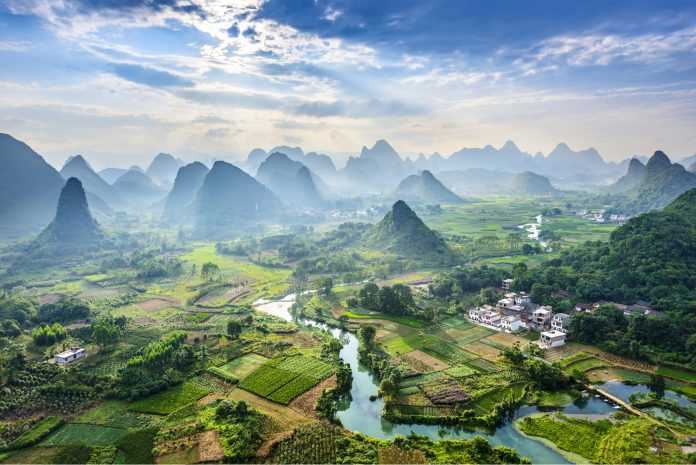It’s December 11, otherwise known as International Mountain Day!
Source: United Nations
The increasing attention to the importance of mountains led the UN to declare to 2002 the UN International Year of Mountains. The first international day was celebrated for the first time the following year, 2003.
Mountains are home of 15% of the world´s population and a quarter of the world’s land animals and plants. They provide freshwater for everyday life to half of humanity. Their conservation is a key factor for sustainable development and is part of Goal 15 of the SDGs.
Unfortunately, mountains are under threat from climate change and overexploitation. As the global climate continues to warm, mountain people — some of the world’s poorest — face even greater struggles to survive. The rising temperatures also mean that mountain glaciers are melting at unprecedented rates, affecting freshwater supplies downstream for millions of people.
This problem affects us all. We must reduce our carbon footprint and take care of these natural treasures.
Source: ASIAN Geographic Magazine No. 70)

ASIAN Geographic, too, has ventured and seen the beauty of these massive natural formations.
One such cluster lies in the Philippines. The natural wealth of the Philippines has spilled across the 7,107 islands of the archipelago. However, in a twist of fate, much of the diversity is now restricted to the areas of its natural origins – the slopes of the volcanic mountains. A recent expedition explored one such area in northern Negros, revealing an “old world” forest, concealing a rich natural, social and geologic history not tainted by the hand of progress, or even witnessed by “outside eyes”.

The Philippines rose from the collision of tectonic plates and volcanic activity. More than 50 million years ago, a series of “island arcs” rose far out in the Pacific Ocean. Following these, small but permanent islands protruded above sea level. Their shorelines rose and fell with the ice ages, some connected to one another by land bridges.
You can check out the rest of this article (Asian Geographic No.70 Issue 1/2010) here or download a digital copy here.











